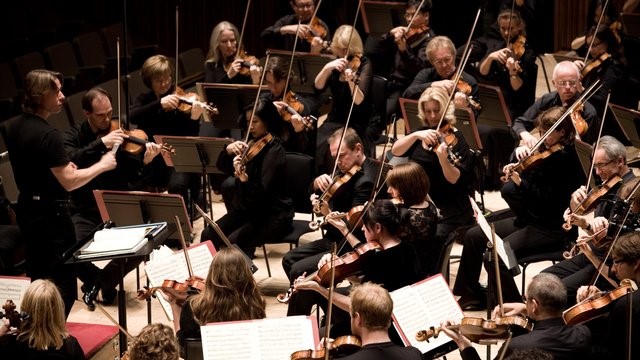How contemporary and classical music co- exist

How contemporary and classical music co- exist
By Abbah Christy
Contemporary and classical music thrive together through the fusion of genres via partnerships between musicians, the transformation of classical music to embrace modern techniques and instruments, and the utilization of current platforms such as streaming services to present classical music to fresh audiences. This partnership encourages creativity, expands artistic expression, and ensures that the core elements of classical music remain significant and appealing to a varied, contemporary audience.
Methods of Coexistence
Genre Fusion and Collaboration:
Musicians from classical and contemporary genres, such as trap or electronic music, join forces to produce groundbreaking works that merge orchestral components with electronic sounds or modern production methods.
Evolution of Classical Music:
Contemporary Classical Music: This represents a direct progression where new compositions are created in a classical style but incorporate modern techniques, electronic sounds, and experimental forms.
Incorporation of Classical Elements: Artists working within contemporary genres, like electronic and trap music, introduce classical instruments and intricate harmonies into their own productions, resulting in a blend of different styles.
Cross-Genre Education:
Institutions such as the Boston Conservatory at Berklee support the development of new compositions by students of contemporary classical music, ensuring the art form’s continuation and evolution.
Why This Coexistence Matters
Innovation and Creativity:
The blending and experimentation of genres enable artists to expand the limits of musical expression, resulting in fresh auditory experiences for listeners.
Preservation and Relevance:
The incorporation of modern styles and techniques contributes to the ongoing relevance and vibrancy of classical music, ensuring its rich heritage is not only preserved but also built upon.







